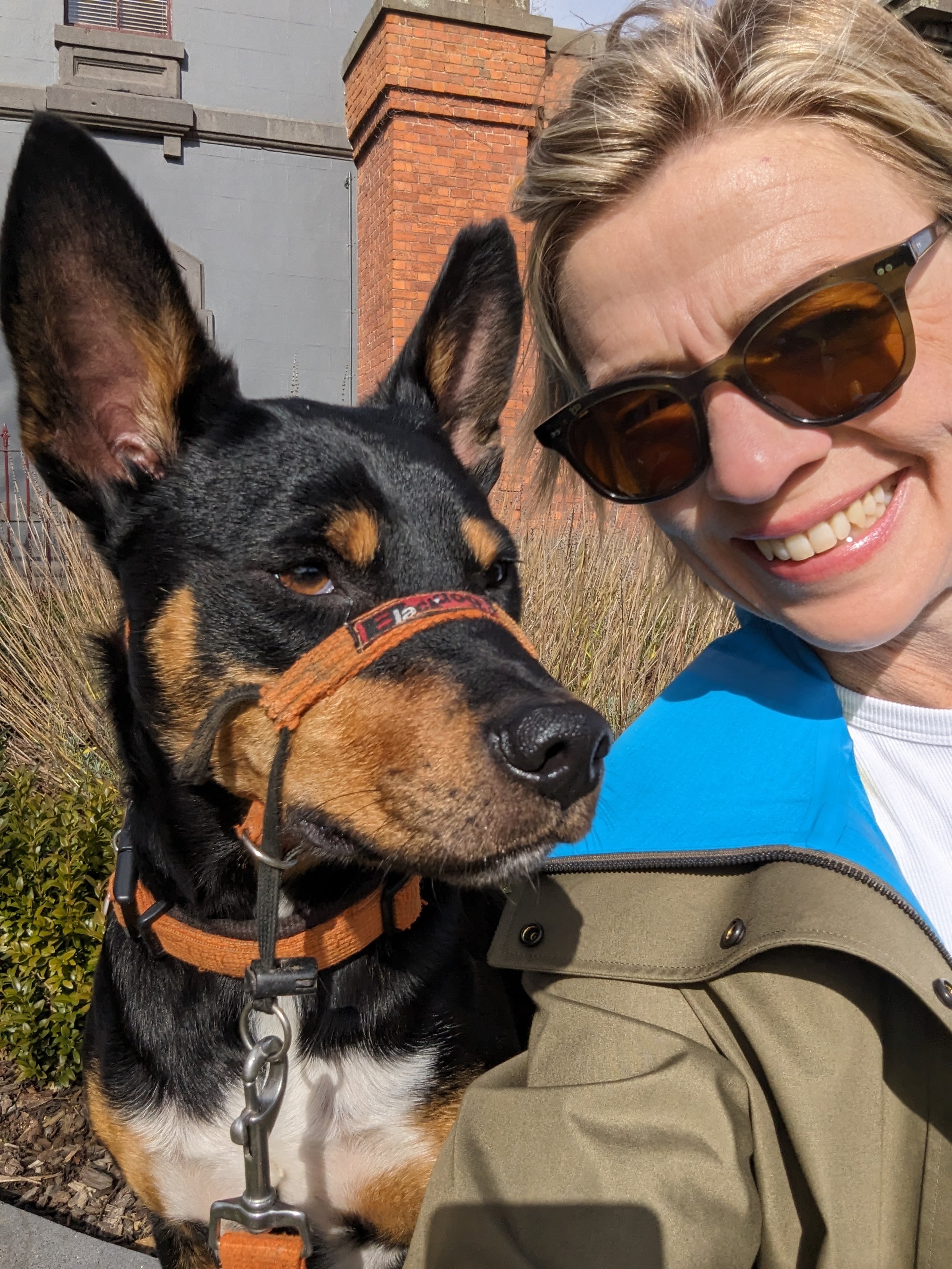A Meditation on Walking…and Walking Meditation
A strategy for seeking clarity, step-by-step
Walking meditation is a thing. More commonly referred to as Moving Meditation, it’s the practice of paying attention to each step, the sensations in your feet, the movement of your body, the air on your skin, the breath entering or exiting your nostrils, your surrounds as you pass. It integrates mindfulness and awareness into the act of walking.
Walking is meditation in motion, when you engage your body and mind. It’s dynamic yet grounding. The rhythm of each step becomes the focal point for your attention which is really all meditation is - the practice of focusing your attention.
I walk to meditate.
I walk to tune in.
I walk to tune out.
I walk to exercise - my body and my mind.
I walk to think.
I walk to escape.
I walk a lot. Maybe an hour a day? Four or five kilometres? I don’t keep track. It’s not a regime. It’s a necessity. Forward movement. Propulsion. Meditation. Release.
Walking is a conduit to creativity and problem-solving. Not just for me. For you too.
Research at Stanford found walking boosts creative inspiration. Four experiments examined the creativity of people while they walked versus while they sat. A person's creative output increased by an average of 60 percent when walking.
Got a sticky problem to solve? Take a walk.
We don’t yet know why walking promotes problem-solving. That research is still in play. It may be because walking speeds up the heartbeat, causing more blood and oxygen to flow to muscles and organs, including your brain. The relaxation, reduced stress and mental break from daily routines might allow the mind to wander, fostering novel connections between ideas and those "aha" moments.
A 2020 study found that people perform better at tasks that require divergent creativity when the virtual environment is moving than they do when it is at a standstill. Maybe it’s not your movement that matters? It’s the scenery moving past you that ushers in solutions and ideas.
Could it be an immersion in nature and the outdoors that stimulates your imagination and inspires fresh perspectives?
It’s possible.
Regardless of what’s happening in body and brain while I pound the pavement (or mosey through mud) walking is movement that works for me. It’s me time. Content in my own (and some canine) company, as I am.
If you’re a more social type, walking alongside another person, synchronising your movement, creates connection and mutual understanding. This shared experience builds rapport and strengthens relationships.
Walking meetings prompt exploration and discussion beyond the task list.
Walk and talk therapy, although new, shows promise for mental ill-health.
And if you parent teens, as I do, you’ll already know that talking sideways works.
Right now walking gets me out of the day-to-day. I can let my mind wander to the what-ifs and maybes or direct it back to the right here, right now. Both save my sanity, one step at a time.
Onwards and upwards,
The Fun Stuff:
Okay, this is fun + learning (#nerdalert). Marily Oppezzo is the lead author of the Stanford research I mention above.
I’m listening to: The Whitlams for 90s nostalgia because grunge was never my thing
I’m watching: Season 5 of What We Do In The Shadows because it’s a mockumentary comedy horror television series about vampires created by Jemaine Clement and starring Matt Berry. Why would you not?
I’m wondering: Just how awkward I’m going to feel tomorrow night at my first French language class in 33 years? Gulp.


